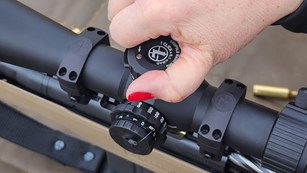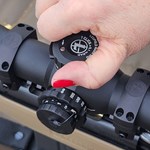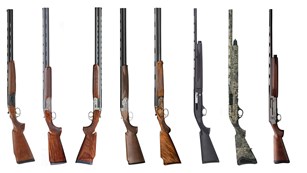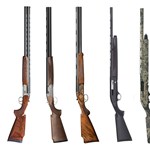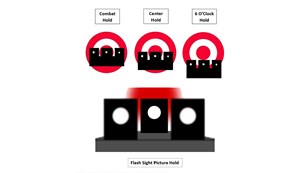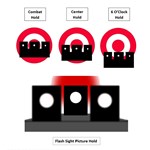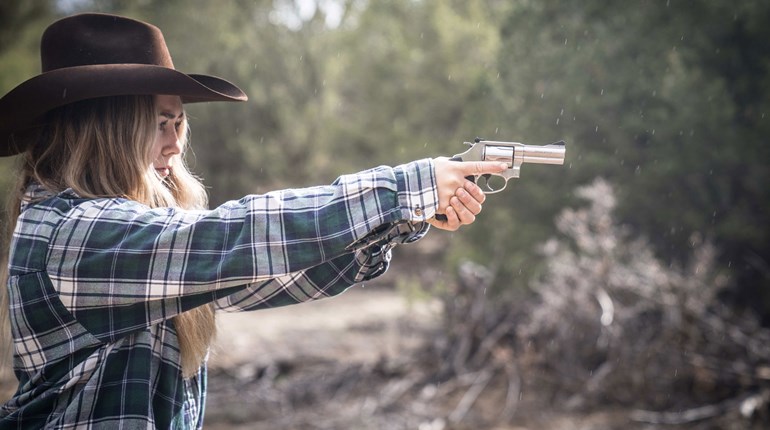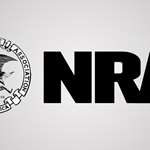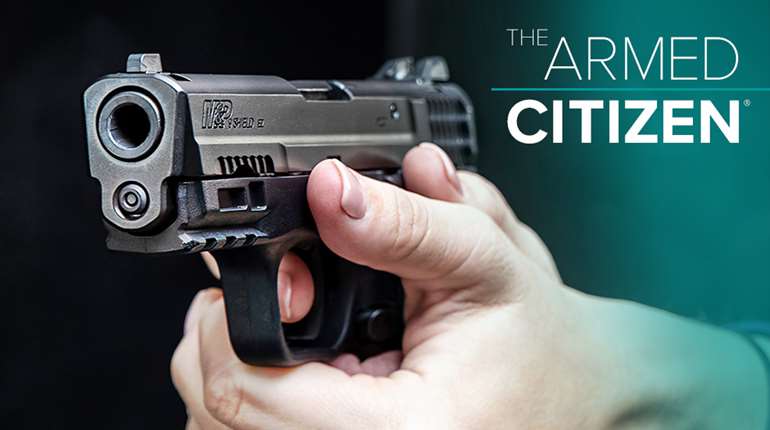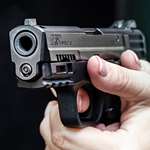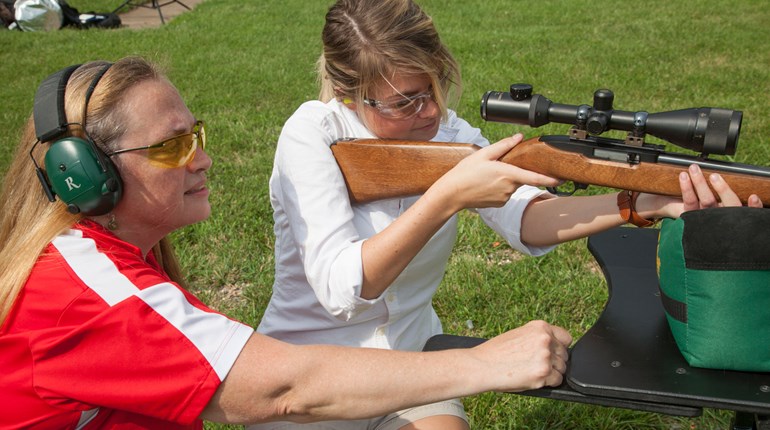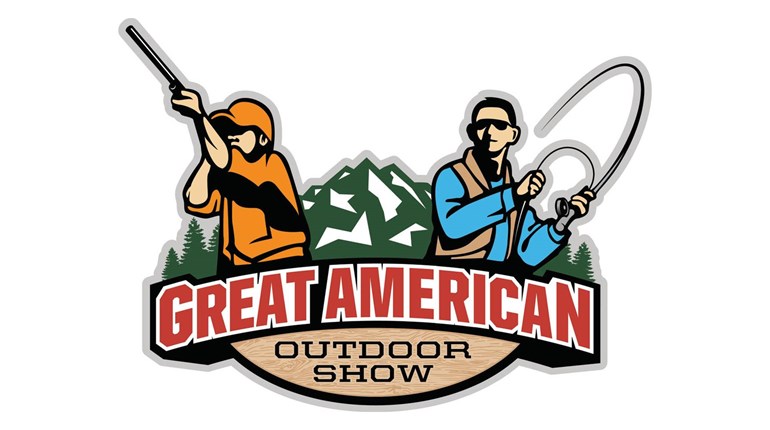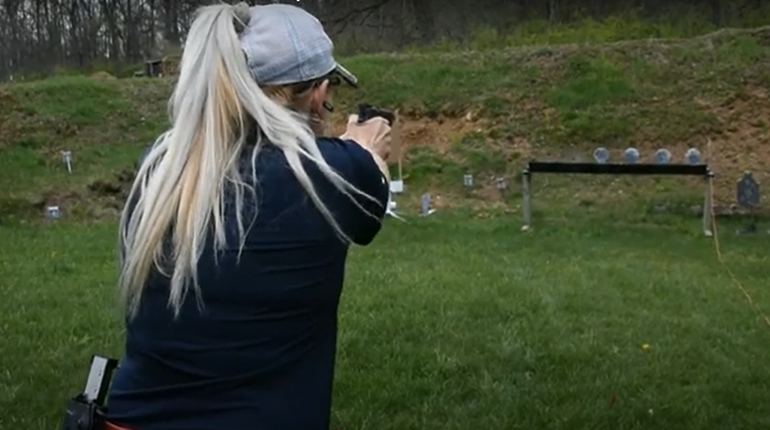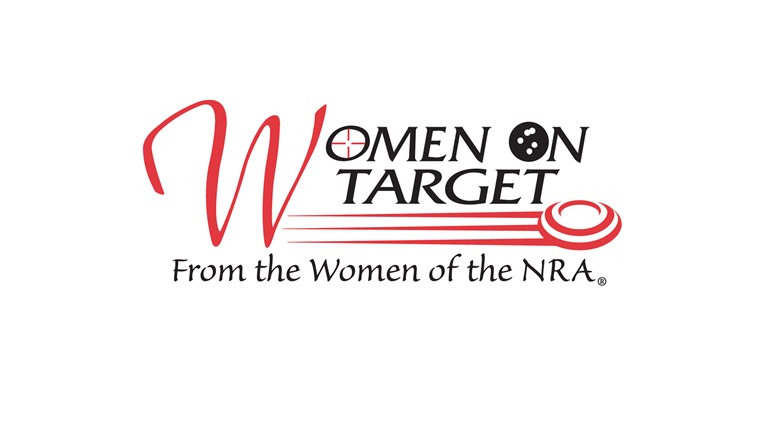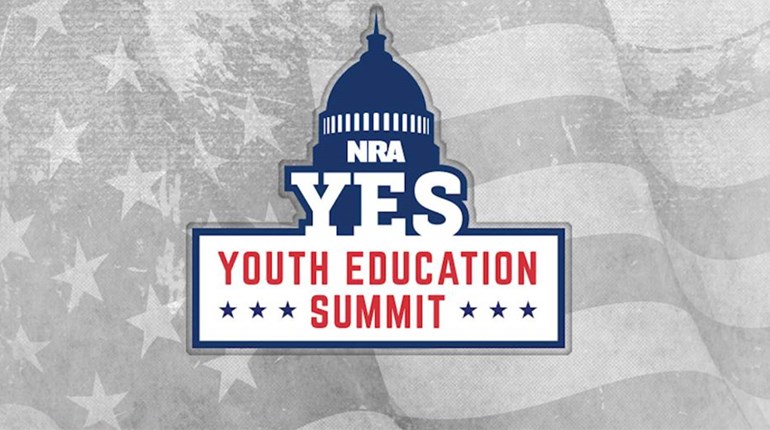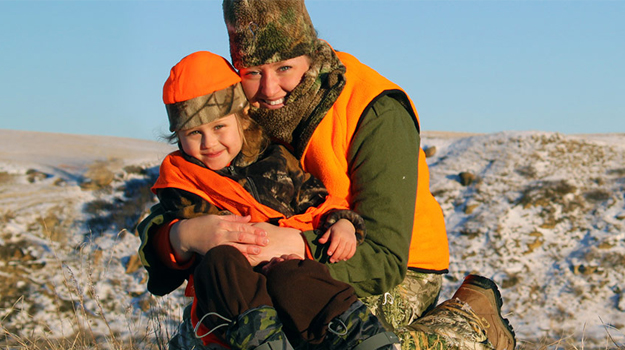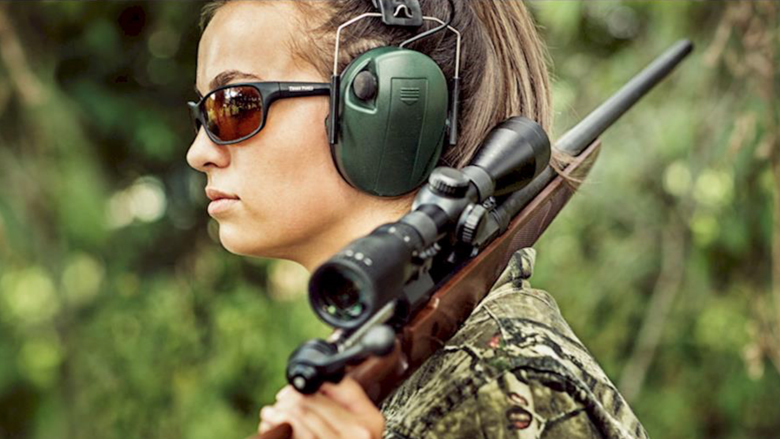
You might know that suppressors, machine guns and other types of firearms and related parts are regulated under the National Firearms Act (NFA) and its subsequent amendment, the Gun Control Act (GCA). But do you know how we got it in the first place and what it actually includes?
During the Prohibition era of the 1920s and early 1930s, Congress decided that gun violence, particularly gang-related gun use, was getting out of hand. The St. Valentine’s Day Massacre in 1929 was sort of a tipping point, and Congress felt pressured to curtail the sale of machine guns and other types of firearms. In 1934, they used their authorization to levy taxes as a way to pass the National Firearms Act, which placed taxes on the manufacture and transfer of certain firearms, as well as a tax on people and companies that import, manufacture or otherwise deal in those firearms. It also required all NFA-regulated items to be registered with the Secretary of the Treasury, in the hopes that all of this regulation would cut down on gang violence.
At the time, NFA items included machine guns, shotguns and rifles with “short” barrels, suppressors, and a few other items the NFA called “any other weapons” (AOWs). At the time, the tax on the manufacture or sale of an NFA item was $200—a lot of money in 1934. That tax is still in place today, and it’s still $200.
In 1968, Title II of the Gun Control Act was passed to restrict ownership further, stating that only manufacturers, makers and importers could register new machine guns, and private citizens could buy and own only previously registered machine guns. It also added some devices to the list of NFA items: bombs, flash-bang grenades, weapons with a bore diameter larger than ½-inch, machine gun frames and receivers, and machine gun conversion kits. Then on May 19, 1986, Congress passed the Firearms Owners’ Protection Act to prohibit possession of machine guns that were not legally possessed prior to its enactment. In other words, newly manufactured machine guns have been available only to the U.S. government and law enforcement entities since May 19, 1986.
And that’s pretty much where we stand today: Private citizens cannot possess a machine gun manufactured after May 19, 1986, but may buy/sell/transfer machine guns made prior to that date with approval from the Bureau of Alcohol, Tobacco, Firearms and Explosives (ATF). It is possible for a citizen to go through the process of obtaining a Federal Firearms License and a Class 3 license in order to own newer machine guns, but this is a very paperwork-heavy process with lots of regulations—you are essentially becoming a gun dealer of sorts.
So, today, the ATF lists the following items regulated by the NFA:
- A shotgun having a barrel or barrels of less than 18 inches in length;
- A weapon made from a shotgun if such weapon as modified has an overall length of less than 26 inches or a barrel or barrels of less than 18 inches in length;
- A rifle having a barrel or barrels of less than 16 inches in length;
- A weapon made from a rifle if such weapon as modified has an overall length of less than 26 inches or a barrel or barrels of less than 16 inches in length;
- Any other weapon, as defined in subsection (e);
- A machine gun;
- Any silencer (as defined in section 921 of title 18, United States Code); and
- A destructive device.
“Any other weapon” sounds broad, but it covers only very specific items. You can read more about the definition of an AOW here.
What’s Class 3?
The NFA defines firearms and related accessories in two groups:
Title 1 Firearms: What most of us own; this category includes normal-length shotguns, rifles and handguns.
Title 2 Firearms: NFA items, including all the items listed above.
On top of that, the ATF sorts FFL holders into 11 “Types,” based on what they make or sell. That’s not super relevant to this discussion, so we won’t go into it deeper.
And in addition to that, Federal Firearms License holders who hold additional licenses to import, manufacture or sell Title 2 items are sorted into three “classes” based on their Special Occupancy Tax (SOT):
Class 1 SOT: Importers
Class 2 SOT: Manufacturers
Class 3 SOT: Dealers
Just understand that when you hear someone refer to a suppressor as a Class 3 item, they’re technically incorrect: Suppressors are a Title 2 item that only Class 3 dealers are allowed to sell.
How to Buy an NFA Item
Some NFA items, such as machine guns, have additional regulations beyond what I’m about to explain, but we’ll assume that most NRA Women readers are primarily interested in things like suppressors* and SBRs. First, check your local laws, as these items might have additional regulations at the state level. The ATF will not approve your application if the item violates federal, state or local law.
On a federal level, to purchase an item like this, you go to the dealer and select and pay for the item—but you don’t get to take it home yet. You must first fill out a form and send it to the ATF for approval:
Form 1 is for people who are making or customizing their own NFA item (like if you’re turning an AR pistol into an SBR).
Form 4 is for people who are buying the item from someone else, like a dealer.
You must also obtain a “tax stamp” for transfer of the item. This is that $200 mentioned earlier, except in the case of buying an AOW, which will cost you only $5 for the tax. It’s $200 if you’re making your own AOW.
You’ll also have to send a copy of your form to your local chief law enforcement officer so they know an NFA item is about to enter their jurisdiction; their approval is not required, but they have a certain number of days to protest the ownership (in case they know you and have a reason to claim you shouldn’t be allowed to own an NFA item).
In addition, you must send a passport-style photo and your fingerprints in with your form. Generally, the dealer you are buying the item from can help you send in the form, photo and fingerprints and get a copy to your local CLEO. In the case of suppressors, there are online companies such as Silencer Central that can do a lot of the organizational legwork for you and walk you through the process.
If the ATF approves your application—these days that takes a matter of weeks, but it’s been as long as a year or more in the past—they will send the official tax stamp to your dealer, and your dealer will let you know that you can pick up your item. The item will be registered in the National Firearms Registration and Transfer Registry, so the ATF always knows who owns it.
It’s important to understand that only the person who filled out the form and submitted their paperwork and fingerprints—the person whose name is on the tax stamp—is allowed to possess the item. This technically means you cannot loan your NFA item to a buddy for a day at the range if you are not with him at all times; there’s even some speculation (although this has not been spelled out or litigated to my knowledge) that your spouse could have problems if the NFA item is found in your house and you are not home. It also presents some legal complications when you pass away and no one else in your home is legally allowed to possess the item.
The way to remove these worries is to set up a trust and have the trust be the owner of the items; you can add your spouse, your of-age children, your buddy and anyone else you want to a trust, and then they are legally allowed to possess the items in the trust. Just be aware that they need to either be fingerprinted and background checked when you add a new item to the trust, OR they need to be removed, the item needs to be added, and then the other people can be added back to the trust. It’s a quirky legal loophole.
So, that’s the basics of NFA items. With a Republican majority in Congress and a Republican president, many gun owners are hopeful for passage of something like the Hearing Protection Act, which would remove suppressors from the NFA so anyone can own them without registration and additional taxes. It remains to be seen if Congress will prioritize this or not. It’s probably too much to hope for to repeal the NFA or machine gun regulations altogether, but a gun girl can dream.
*If you're buying a suppressor, be sure to visit SilencerCentral.com, as the company has revolutionized how consumers purchase these NFA items. They even do all your paperwork, including trusts—and your suppressor is delivered directly to your house—all legally and in a fraction of the time. Learn how they do it here.


